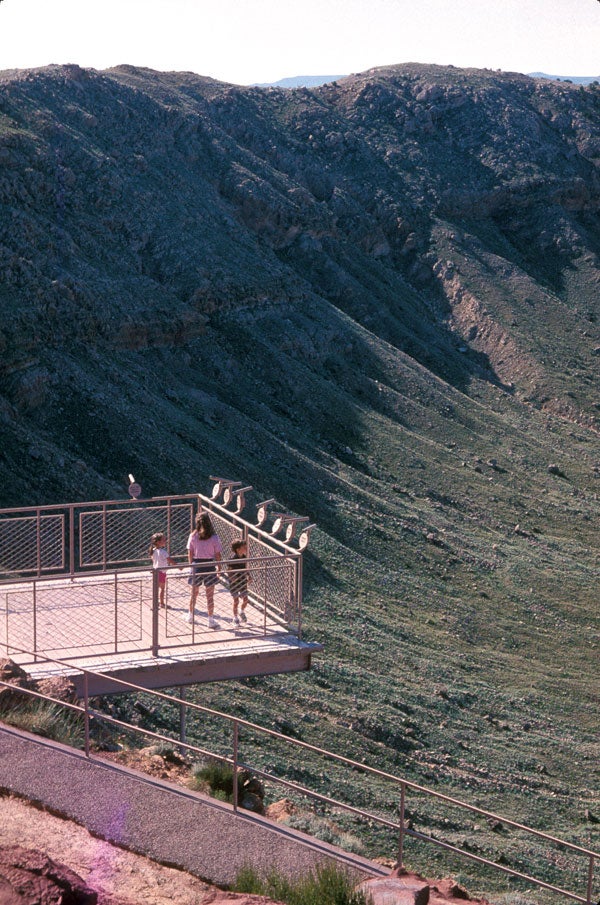The natural world: The impact of a dramatic setting in Arizona

Your support helps us to tell the story
From reproductive rights to climate change to Big Tech, The Independent is on the ground when the story is developing. Whether it's investigating the financials of Elon Musk's pro-Trump PAC or producing our latest documentary, 'The A Word', which shines a light on the American women fighting for reproductive rights, we know how important it is to parse out the facts from the messaging.
At such a critical moment in US history, we need reporters on the ground. Your donation allows us to keep sending journalists to speak to both sides of the story.
The Independent is trusted by Americans across the entire political spectrum. And unlike many other quality news outlets, we choose not to lock Americans out of our reporting and analysis with paywalls. We believe quality journalism should be available to everyone, paid for by those who can afford it.
Your support makes all the difference.In front of me is one of the best preserved impact craters in the world, a giant hole in the sedimentary rocks of the Colorado Plateau, near Flagstaff in Northern Arizona. About 50,000 years ago you would have been in serious trouble if you were standing where I am today; a large iron meteorite, weighing in at perhaps 500,000 tonnes slammed into the Earth's surface at speeds in excess of 11km/s. The most recent studies indicate that this colossal impact released 10-11 megatonnes of energy – over 500 times more than the atomic bomb that exploded over Nagasaki in 1945.
This geological marvel was first recognised as an impact crater by Daniel Moreau Barringer and his friend and colleague Benjamin Chew Tilghman. In the early 1900s they carried out extensive mining and drilling operations (the remnants of which can still be seen today) in their quest to find the large mass of iron and nickel metal they reasoned must be buried underneath.
In summer it is stinking hot, well over 100F, and dry, hot winds can blow up in no time. This area is also known for its spectacular thunderstorms, which are fine if you're watching from a distance but certainly no fun if you get caught in one.
Barringer and Tilghman's task may have proved fruitless, but Barringer's descendants have been instrumental in setting up the excellent museum and short trail around the crater.
Visitors can learn all about the history of the crater, its importance in our understanding of how impacts have shaped the surfaces of bodies within the Solar System, and how in the case of our own Earth, have played a pivotal role in biological evolution.
So if you are ever in that part of the south-western US (perhaps getting your kicks on Route 66) stop off in Flagstaff for a day or two and go just a bit further east to the crater.
Just a word to the wise: when you are booking your accommodation make sure your hotel is nowhere near the train tracks, unless you have good ear plugs.
Caroline's work is featured in the BBC2 documentary "Museum of Life" on Thursday 22 April. Filmed in the Natural History Museum and locations around the world, the series traces the dramatic and pioneering scientific work of the Natural History Museum. nhm.ac.uk
Join our commenting forum
Join thought-provoking conversations, follow other Independent readers and see their replies
Comments